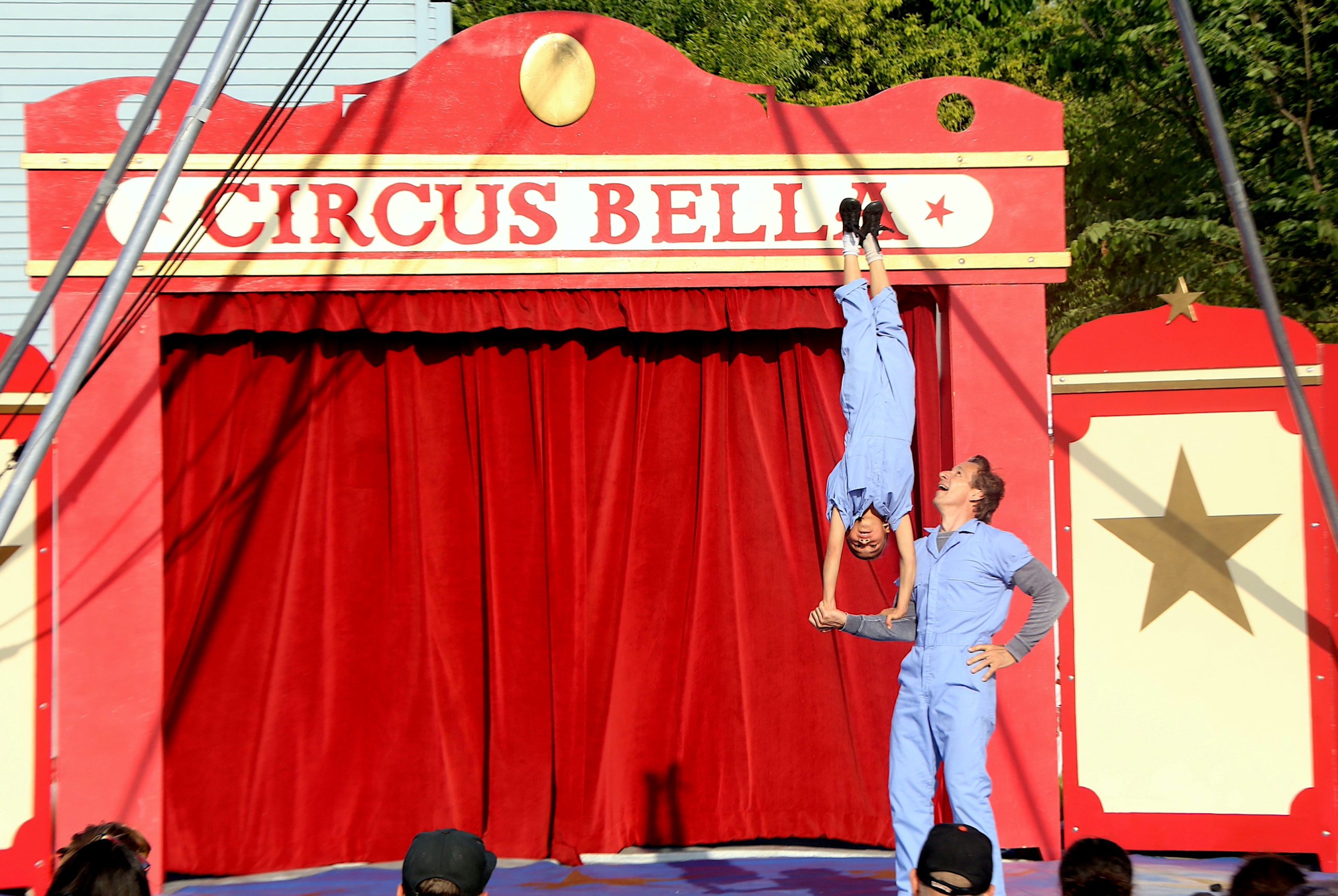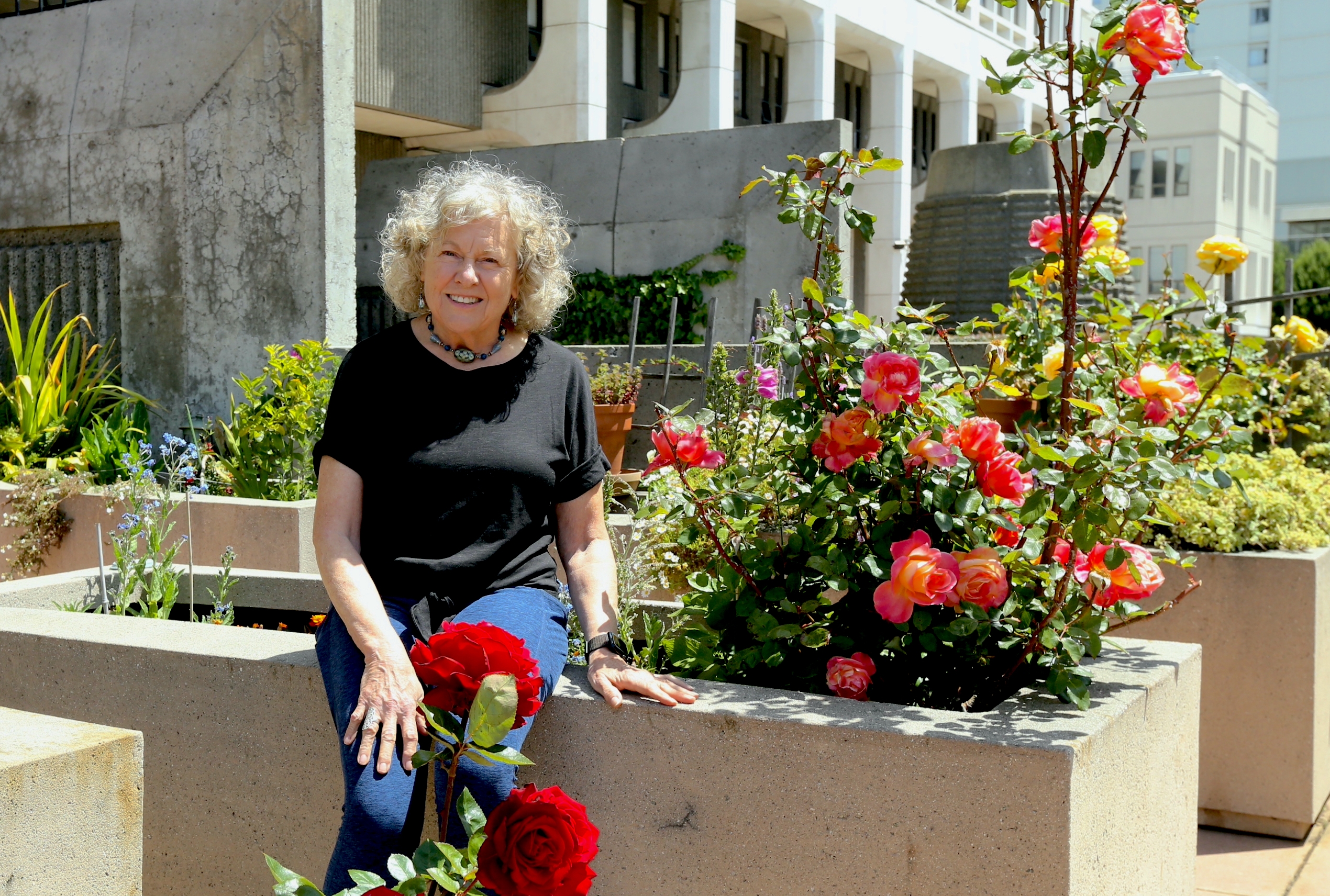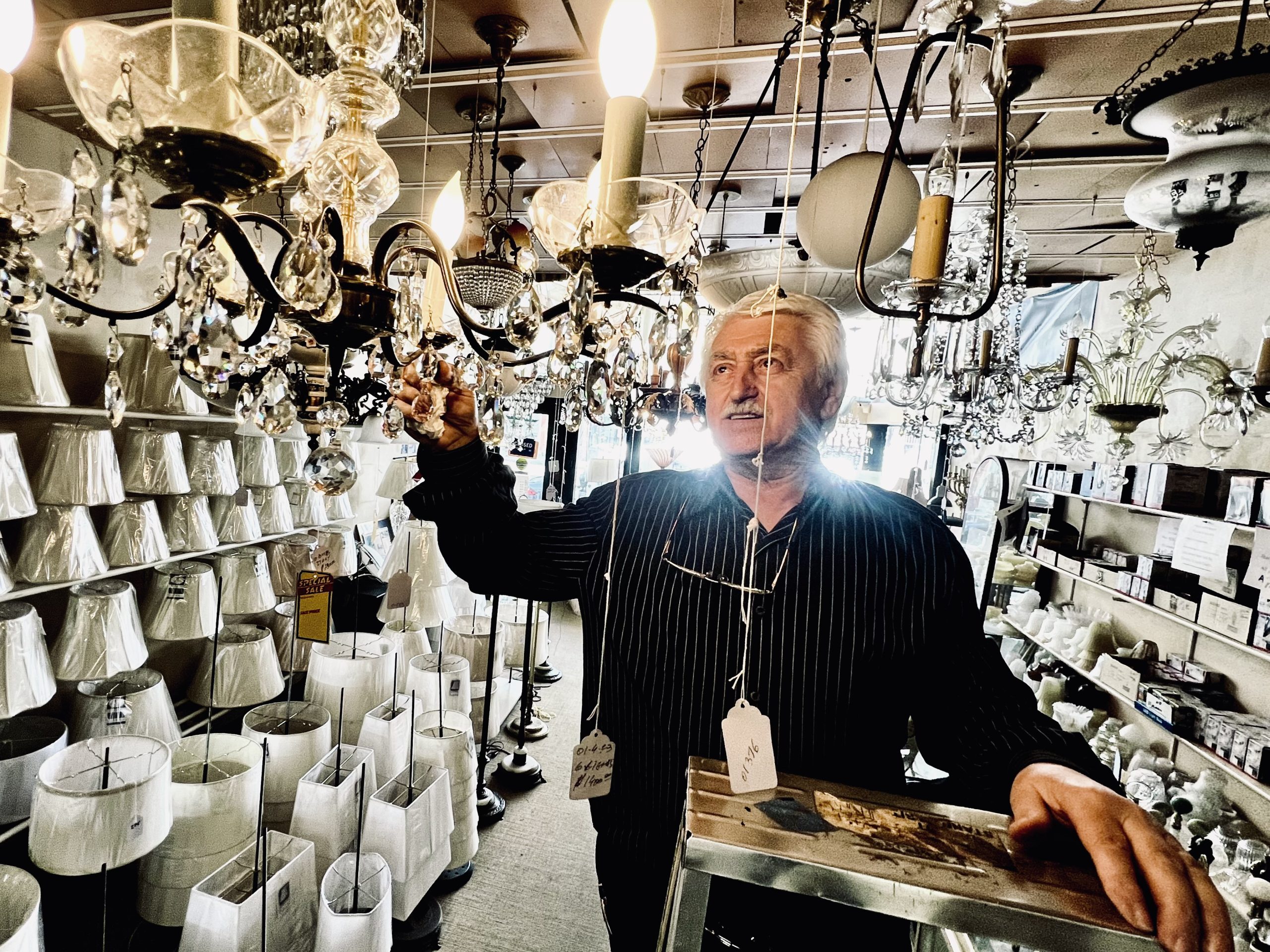She brought the magic to the screen, finding the perfect San Francisco location to shoot movies, TV shows, and commercials
If you’d been walking along one of the steepest streets in San Francisco one sunny afternoon in 1984 you might have seen a strange sight: A grand piano with a musician seated on its attached bench careering down vertiginous 22nd Street. Clad in a feathered hat, jacket and tails, and a bright red glove on his left hand, the musician pounded out boogie-woogie as the instrument swooped downhill.
Miraculously intact, the instrument continued its journey toward downtown, chased by motorcycle cops, past whooping spectators, and narrowly avoiding a collision as it bombed through an intersection, before finally coming to a stop on the Embarcadero.
The piano’s journey was the centerpiece of a meticulously planned effort to shoot a commercial for Pioneer Stereo, an effort rewarded with a Lion d’Or at the Cannes Film Festival. Dubbed “Boogie Man,” the commercial was very much a team effort, involving camera people, producers, a stunt man, sound technicians, a mechanic who installed brakes and a steering mechanism on the piano, along with other assorted creative types working together for weeks in San Francisco and France.
Among the crew was Cathryn Blum, a Potrero Hill resident known professionally as Catbird, whose job as production manager involved finding appropriate locations for the shoot, obtaining permits, worrying about the weather, making sure everyone was paid (in cash) and generally overseeing the myriads of details needed to complete the commercial.
Pulling a rabbit from a hat
Decades later, Blum, now 69, delights in showing off a clip of “Boogie Man” and remembers the gig as a highlight of a 40-year career as a location scout for movies, commercials, and television shows. “A lot of the job is pulling rabbits out of a hat,” she said, echoing a line on her company’s website.”
More recently, she worked closely with the international artist known as JR, whose eclectic works are known for involving local communities in their creation. His interactive mural, “The Chronicles of San Francisco,” was displayed at the San Francisco Museum of Modern Art in 2019 and 2020.
The artist set up a mobile studio in 22 locations around San Francisco, where he filmed and interviewed nearly 1,200 people from across the city. Blum obtained permits and dealt with neighbors who were annoyed that JR’s 53-foot truck was taking up parking spaces, a recurring complaint. “People get upset when they can’t park on their block for a few days,” Blum said.
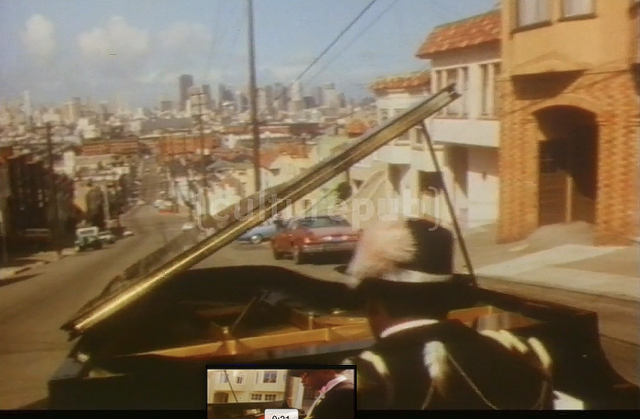
Over the years, she’s worked on dozens of films and TV shows, including “Godzilla,” “The Amazing Race,” “A View to a Kill,” “Top Gear,” and “Halt and Catch Fire.” Her namesake company, Catbird Scouts, produced commercials for General Motors, IBM, Apple Education, Honda, Ralph Lauren, and the Oakland As and more than a score of Hollywood directors, including Oliver Stone.
With business slowing because of the pandemic and strikes by writers and actors – “the phone wasn’t ringing” – so last year she took a job two blocks from home. Blum is now operations manager at the Potrero Hill Neighborhood House, the “Nabe.”
In the catbird seat
While her new gig lacks the drama of scouting for Hollywood, “it’s a way of giving back to the community,” she said, and the income “is a Godsend now that I’m at the tail end of my career.”
But her life is far from dull. She’s been to Burning Man, goes to hear live jazz, and does some fundraising and organizing for the Flaming Lotus Girls, a group of women artists who specialize in metal sculpture. She never married, saying, a bit wistfully: “It’s hard to have a relationship in the film business.”
Born in Philadelphia and raised in Denver, Blum grew up in a middle-class home. Her father was a clothing buyer; her mother helped grade junior high school essays, earning 10 cents a paper.
“Catbird” comes from the nickname given to her by her father. It’s reminiscent of Red Barber, the famed baseball broadcaster, who would talk about a team leading in a game being in the catbird seat, explained Blum, “which is where I wanted to be. Like being in the crow’s nest on a ship.”
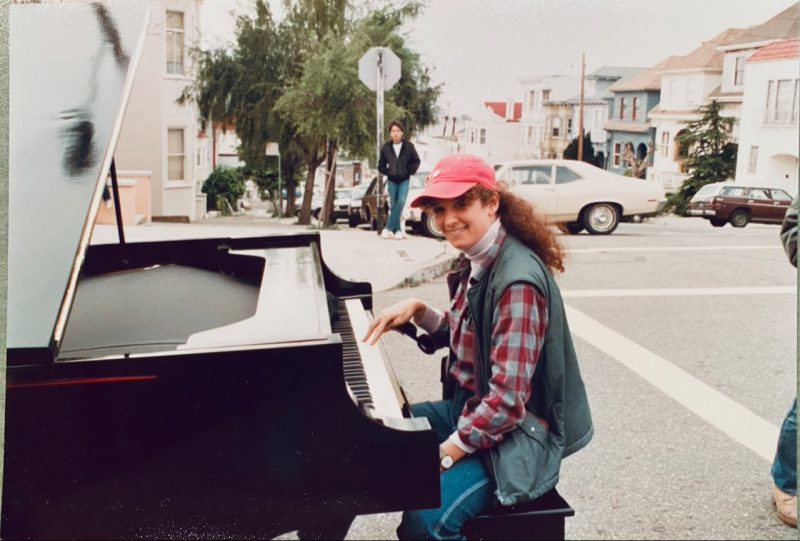
Blum studied visual arts at Scripps College in Claremont, California, earning a bachelor’s degree in 1977. With no particular career in mind after graduation, she spent a few years as “a ski bum” in Aspen, Colorado. She still likes to ski, but rarely finds the time.
Moving to San Francisco in the late 1970s, her first job was as a secretary at an art gallery on Powell Street. It was, she said, a fine introduction to life as a San Franciscan. “I’d wake up, listen to jazz on KMPX, have an espresso, and then jump on a cable car to work.”
She held the job for 11 months, the longest she’s worked for someone else until she took the job at the Neighborhood House a year ago.
Fetch the coffee
Her first job in the film industry was as a production assistant, pretty much a gofer, “fetching the donuts and coffee.” A friend had introduced her to someone at an agency. More responsible gigs followed, and she soon had the confidence to go freelance.
Scouting and location management require a mix of skills, attention to detail, flexibility, and a bit of diplomacy, Blum said.
She has had, for example, to gently remind European clients that California is really large. Los Angeles and San Francisco, she tells them, are too far apart to schedule shoots on the same day. A pet peeve: “Clients who say I don’t know what I want, but I’ll know it when I see it.”
The film company working on “The Dark Crystal” wanted a location that included a “bend in the river.” Since they were shooting in Sonoma County, Blum made a sketch of the scene and drove around, finally stopping at a gas station. She showed the sketch to someone working there and was directed to a spot near Cloverdale, where the Russian River takes a bend.
Because media productions bring jobs and revenue to San Francisco, city agencies tend to be fairly cooperative, Blum said. However, obtaining the needed permits can be tricky.
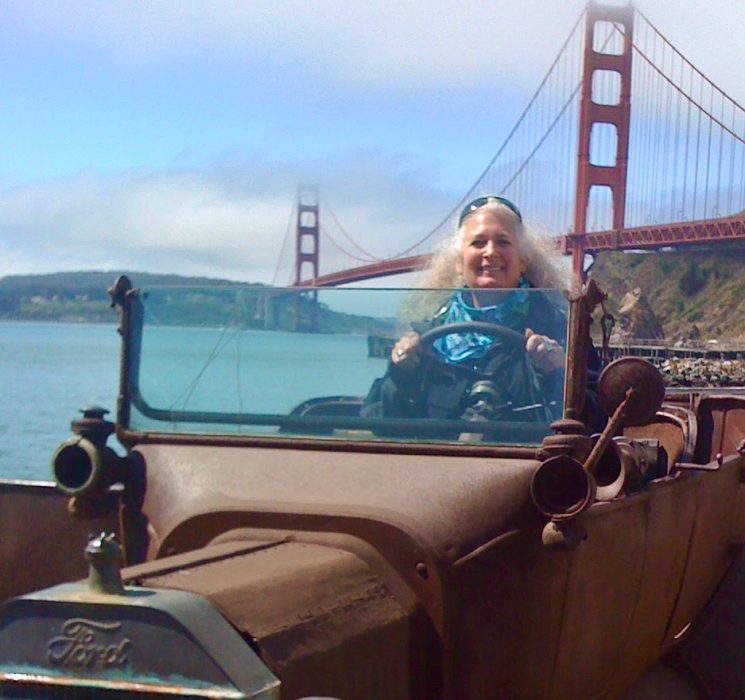
Blum worked on the “Amazing Race” series finale in 2019. Contestants started at the airport, drove to Oracle Park to collect baseballs in the cove, and then made their way to the Bay Bridge, where they climbed inside the anchorage and then bungee jumped 200 feet to the bottom. The complicated contest required permits from Caltrans, the Coast Guard, the San Francisco Police Department, and even Homeland Security.
Location scouting, like many occupations, has its share of acronyms. TMZ, for example, stands for “Thirty Mile Zone.” It refers to a distance of 30 miles or less from the primary work location. If shooting exceeds that limit, reimbursements for travel and sometimes lodging kick in.
MOS stands for “without sound.” The “M” in the acronym stands for “mit,” German for “with.” “Apple boxes” are boxes used to prop up equipment or to give a short actor a way to look taller in a scene.
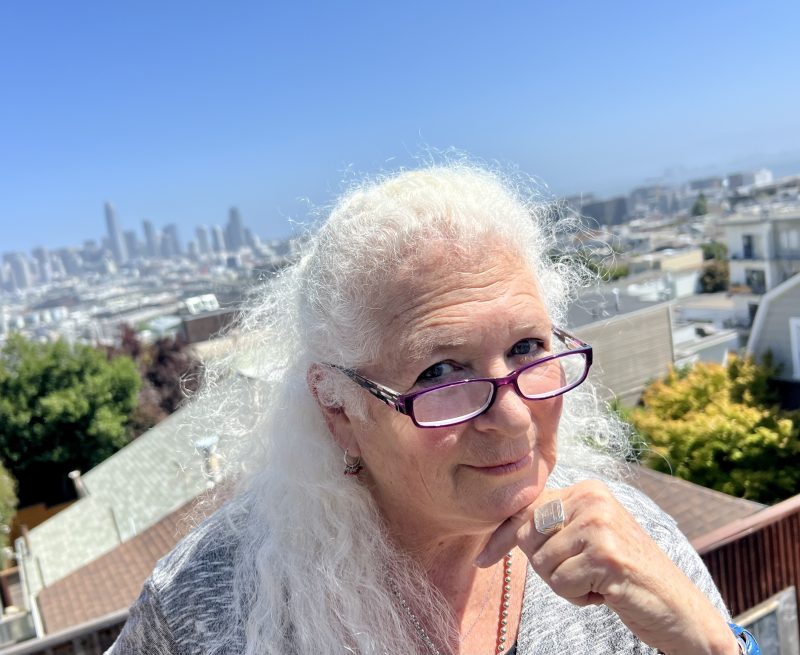
If Boogie Man had been produced a decade beyond 1984, the use of computer-generated graphics might have been an option. But the commercial’s creators wanted a simple look. “To succeed, it had to win over the public essentially on the wow factor. Hence, the importance of not cheating and really getting that piano rolling in the streets,” Jean-Marie Benard, the commercial’s producer, wrote in a private social media post shared with SeniorBeat.
What’s more, the director who conceived of Boogie Man wanted the film to be as authentic looking as possible, which meant eschewing the use of filters and lenses that produced spectacular skies and a picture-postcard San Francisco. He mandated the use of simple camera angles and natural light whenever possible.
With the esthetics fought over and decided, shooting started. But the very first day of production was nearly a disaster. The crew members didn’t have enough time to rehearse and the stuntman steering it lost control. The piano nearly plunged into San Francisco Bay, Benard wrote.
Blum may have left the Hollywood life, but it hasn’t quite quit her. A company recently decided to film in the Neighborhood House. Details of the project are private, but Blum, who helped with the arrangements said, “It’s been a nutty few days. My worlds are colliding.”


